Abstract: EtherCAT is an open real-time Ethernet communication protocol developed by Beckhoff Automation GmbH. EtherCAT is characterized by high performance, low cost and ease of use, and is currently used in industrial automation. The Zynq-7000 is the industry's first fully programmable SoC product from Xilinx, which tightly integrates a dual-core ARM Cortex-A9 processor, low-power programmable logic, and commonly used peripherals. ZedBoard is a low-cost development board based on the XC7Z020 device, which can run designs based on Linux, Android, WinCE or other embedded OS/RTOS.
The KPA EtherCAT Master Station is a stable, well-known and cost-effective EtherCAT protocol stack with great reference value. This article describes the migration and testing of the KPA EtherCAT master station on the Zynq platform.
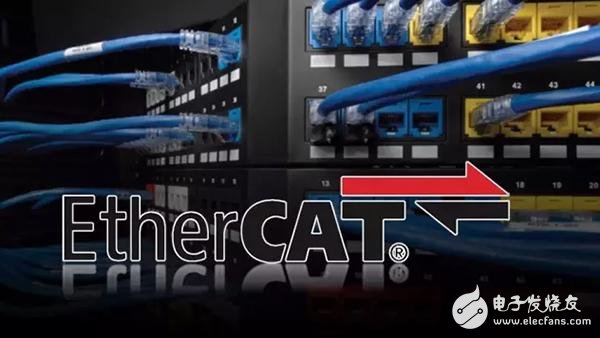
table of Contents
Section 1 Introduction to EtherCAT Section 2 Introduction and Use of KPA EtherCAT Software Package Section 3 Introduction and Migration of KPA EtherCAT Master Station Section 4 EtherCAT Master Program Test Section 5 EtherCAT Test Program Analysis Section 6 Master Station Development Kit Application Trial
EtherCAT (Ethernet Control Automation Technology) is a high-performance industrial communication protocol for deterministic Ethernet that extends the IEEE 802.3 Ethernet standard to enable predictable timing and high-precision synchronization in data transmission. This open standard is part of IEC 61158 and is commonly used in applications such as mechanical design and motion control. EtherCAT uses standard IEEE802-3 Ethernet frames, and the frame structure is shown in Figure 1. The EtherCAT protocol transfers data directly in the standard Ethernet frame format without modifying its basic structure.

Figure 1: EtherCAT data frame
EtherCAT implements the CANopen protocol. In CANopen, cyclic data is transmitted via PDO (Process Data Object). PDO has a higher priority and can be used for real-time transmission. Aperiodic data such as configuration parameters and object dictionaries are transmitted via SDO (Service Data Object).
Each PDO contains the address of a single or multiple slave devices. This data plus address structure (with the transfer count bits for verification) constitutes an EtherCAT message. Each Ethernet frame may contain several messages, and multiple frames may be required in one cycle to transmit all the required messages.
Traditional Ethernet communication solutions accept Ethernet packets from the station, then interpret and copy process data, and finally forward the data. EtherCAT Ethernet frames can be processed while being transmitted with the help of special hardware modules. Each slave node has an FMMU (Fieldbus Storage Management Unit). The FMMU performs address analysis on the passed packets and finds that the data of the node is read and the packet is forwarded to the next device. It is also possible to insert data that needs to be transferred when the message is passed. The entire process of reading/inserting/forwarding data, the message has a delay of only a few nanoseconds. As shown in Figure 2, it is assumed that the Ethernet frame is like a moving train. The EtherCAT message is the train car. The bits of the PDO data are the passengers in the car. These data can be extracted and inserted into the appropriate slave device. . The entire train traverses all the slaves without stopping, turning around at the end of the train and reversing through all the slaves. (Note: EtherCAT not only supports master-slave communication, but also supports slave communication, ie S2S)

Figure 2: EtherCAT Data Transfer
2. Introduction to EtherCAT master and slave software and hardware 2.1KPA EtherCAT Master Software Introduction
KPA EtherCAT master station software provides Basic, Standard, Premium and Extension four versions of the master station protocol stack according to different functions. Therefore, in addition to supporting ETG1500 to define Class A and Class B main station types, KPA also supports some extension functions. For example: Data- and Frame-Logger (record data and message), Access Rights (set different access rights) MulTI Master (multi-master, redundancy), Cable Redundancy (cable redundancy), Hot-Connect (hot Plug and unplug, and others.
Provides off-the-shelf development packages based on many different hardware platforms and OSs, supports mainstream hardware platforms such as SoC (ARM+FPGA)/ARM/X86/PowerPC, and supports Linux (Xenomai/RT-preempt)/Windows(INTIme/RTX)/ QNX/ Ucos/ Vxworks, etc. A master station solution that meets almost all current user host development requirements.
The KPA Master Protocol Stack has a modular architecture that enables each specific project application. It allows the main station to scale freely to accommodate different sized applications, to port different operating systems, and to a variety of hardware platforms. Each module can be individually customized or re-developed without compromising the integrity of other modules. The main station structure is shown in Figure 3.
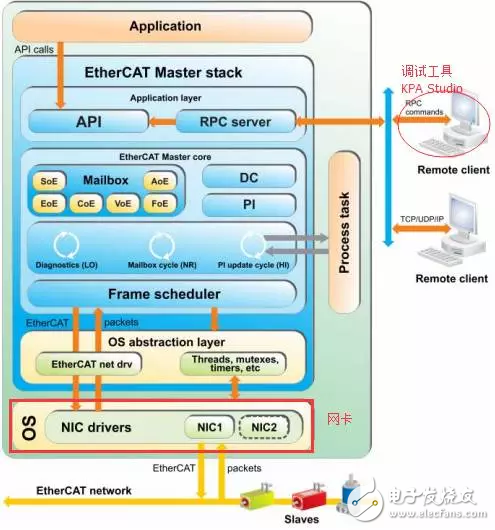
Figure 3: KPA EtherCAT Master Architecture
The main functional modules of KPA are:
1) Application layer: The application layer is responsible for interacting with various programming/configuration environments and is responsible for interacting with different applications or devices. Ensure that the master station function function is successfully accessed on the application or process task side; it interacts with the master station through the Remote Procedure Calls service to provide TCP/IP and UDP connections, such as mailbox-related communication with the slave device via UDP.
2) Mailbox Module: The EtherCAT Master Core Mailbox module handles Service Data Objects (SDP), data transfer and data exchange using different protocols. Supports mailbox services such as CoE, FoE, EoE, SoE, VoE, AoE.
3) Process Image Module Process Image Module: Process Image is referred to as PI, its address is proposed by EtherCAT network informaTIon (ENI) file, and ENI file can be automatically generated by configuration tool KPA Studio. Accessing the process image from the control/process task is performed by the master interface.
4) DistribuTIon Clock Distribution Clock Module: Enables all EtherCAT devices (including master and slave) to always share the same EtherCAT system time. This is done by compensating for compilation and drift times.
5) Frame Schedule Module: A different PDO uses different scan cycles. In the configuration tool KPA Studio, the user can define the scan rate of each slave separately. The Frame Scheduler module manages the EtherCAT frame rate and forwards them to the EtherCAT network driver.
6) OSAL operating system abstraction layer module: contains the packaging of functional functions related to the operating system, such as processing threads, timers, mutexes, etc.; including network adaptation driver module: extracting the core of the master station stack from the underlying network implementation core
2.2KPA EtherCAT Master Station Hardware Introduction The main station hardware is mainly composed of three parts. Figure 4: PC, Zedboard main station development board and external expansion FMC network card. The PC implements the operating system command input through the serial terminal. The EtherCAT network diagnostic configuration tool on the PC side, KPA EtherCAT Studio, connects to the Zedboard main station board through the RPC service, which can realize the configuration of the master station and the slave station, and scan to generate the network configuration file. Zedboard can be used as a reference for the EtherCAT master board.
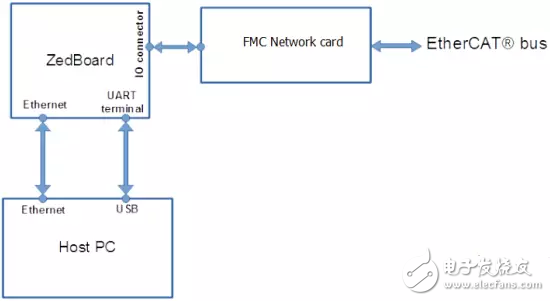
Figure 4: Hardware Architecture
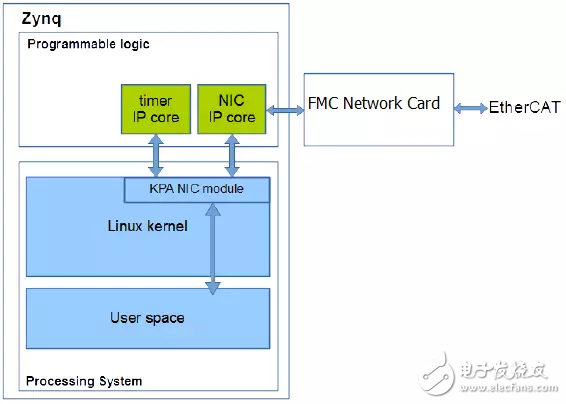
Figure 5: Hardware internal architecture
In addition, KPA utilizes the FPGA resources of the main station board and independently expands the network card instead of using the network card driver on the main station board ARM. The Timer IP Core and NIC IPCore provided in the main station development kit use the logical unit PL to build the EtherCAT. The optimized MAC provides the NIC driver optimized for EtherCAT. The IP Core provides the Shift Sending Time setting, which reduces the data frame jitter caused by the operating system, thus optimizing the jitter of data during transmission and reception.

This solution is based on the EtherCAT master station of the Zynq platform. The system adopts the improved real-time linux system, which is nested into a small, real-time kernel in the standard linux operating system kernel, transformed into a heterogeneous system with dual cores, all real-time. Tasks run on the microkernel. Non-real-time Linux is the lowest priority task for the real-time kernel to host all non-real-time tasks. Using Linux3.8.13 and Xenomai 2.6.3, the following describes how to build a Zedboard master.
3.1Vivado and Xilinx SDK Tools Installation We mainly use the cross compiler in the SDK and use it to generate FSBL and BOOT.BIN files.
I installed the xilinx SDK on both ubuntu and windows. The xilinx SDK on windows does not need to be installed separately, so you can check it when you install Vivado. The xilinx SDK installation file URL on Ubuntu is
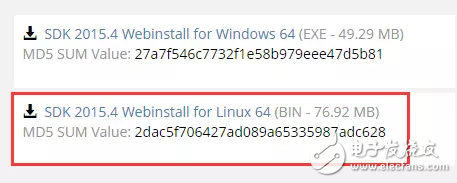
3.2Vivado download and install
Vivado is mainly used to configure the xilinx FPGA peripherals, which are needed when generating bitstream files, and when we change the peripheral pin configuration and configuration pins in the SOC. Vivado download address
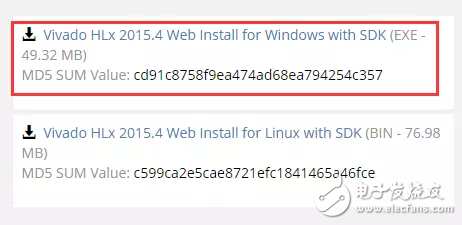
3.3 Give Xenomai real-time patches to Linux kernel code
The Linux kernel running on zedboard is not a normal Linux kernel source, but a real-time embedded operating system with xenomai patch. Need to first give the linux source code xenomai patch before compiling
Linux source code download: https://github.com/Xilinx/linux-xlnx.git
Xenomai installation package download:
To get the xenomai real-time patch for the Linux kernel code, see the official xilinx documentation "Xenomai for Zynq": +for+Zynq
3.4Linux kernel compilation When the xenomai patch is set, you can start compiling the Linux kernel.
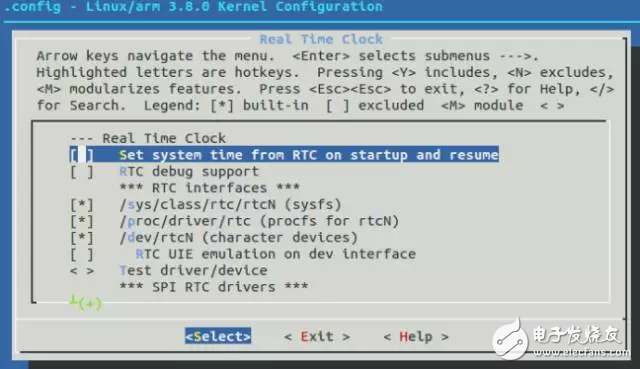
Figure 6: Uboot compilation
The specific ubuntu compilation method is similar to the compiled kernel. You can refer to this article: +U-Boot
3.5 download source code
The source download address of Uboot is: https://github.com/Xilinx/u-boot-xlnx.git
Pod Set,Pre-filled Pod,Disposable Pods,Pod Device
Shenzhen Xcool Vapor Technology Co.,Ltd , https://www.szxcoolvape.com
